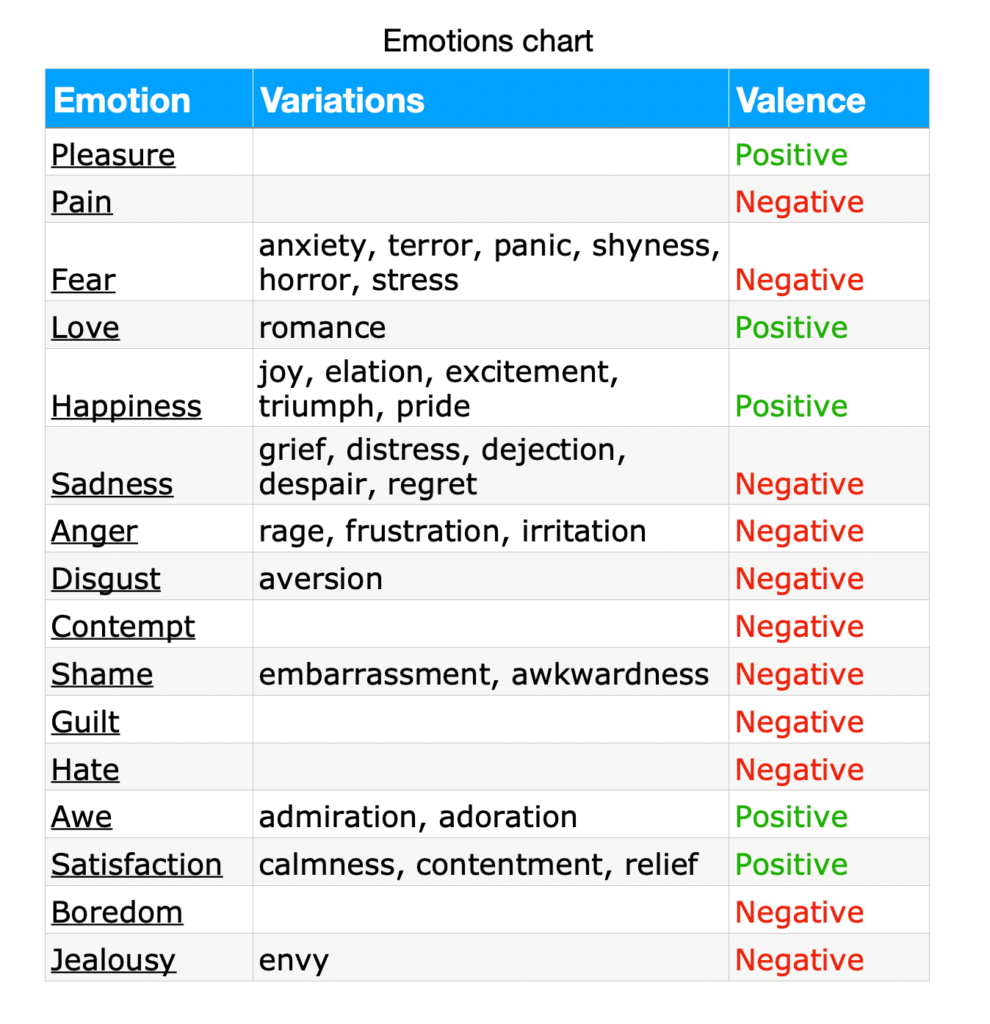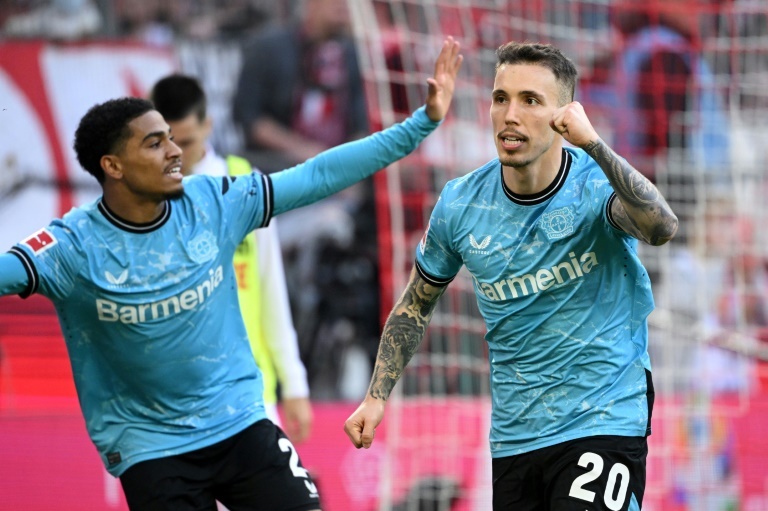Lewis Hamilton's Influence On The New F1 Rule Changes

Table of Contents
Hamilton's Advocacy for Driver Safety and the Impact on 2022 Regulations
The 2022 Formula 1 season saw the emergence of "porpoising," a phenomenon where cars violently bounced up and down due to aerodynamic instability. This raised serious concerns about driver safety and well-being. Hamilton was particularly vocal about the issue, publicly expressing his worries about the physical toll porpoising took on drivers. His persistent lobbying, both through public statements and private meetings with FIA officials, significantly impacted the subsequent rule adjustments.
- Public statements on porpoising: Hamilton consistently highlighted the dangers of porpoising in interviews and press conferences, bringing the issue to the forefront of public and regulatory attention.
- Meetings with FIA officials: Behind the scenes, Hamilton engaged in direct dialogue with the FIA, providing crucial driver feedback and advocating for stricter regulations.
- Correlation between his concerns and the introduction of floor height restrictions: The FIA's subsequent introduction of technical directives aimed at mitigating porpoising directly addressed concerns raised by Hamilton and other drivers. The raised floor height limits were a direct response to the need for improved safety and reduced bouncing.
- Impact on driver well-being: The new regulations helped alleviate the physical strain on drivers, reducing instances of back pain and other injuries directly linked to porpoising. This demonstrably improved the health and safety of competitors.
Influence on Sprint Race Formats and Weekend Structure
The introduction of sprint races aimed to increase fan engagement and excitement, but the format wasn't without its critics. Hamilton, while not outright opposing the concept, offered insightful feedback on its structure and impact on the main race. His concerns regarding the balance between sprint race competitiveness and the overall Grand Prix outcome influenced the FIA's approach to refining the sprint race format and scheduling.
- Hamilton’s stance on sprint races: Hamilton has expressed concerns about the impact of sprint races on qualifying and their influence on the primary Grand Prix strategy. He advocated for a format that didn't compromise the integrity of the main race.
- Changes to qualifying and race structure: Subsequent modifications to the sprint race weekend structure – including changes to points allocation and qualifying procedures – reflect a partial consideration of driver feedback, including Hamilton's suggestions.
- Influence on fan engagement and driver opinions: While the impact on fan engagement remains a subject of ongoing discussion, the modifications to the sprint race format were partly aimed at addressing driver concerns and optimizing both the racing and fan experience.
The Broader Impact of a Top Driver's Influence on F1 Governance
Hamilton's influence highlights the significant power dynamic within Formula 1. Top drivers, with their experience and visibility, possess considerable sway over the sport's direction. Their feedback influences not only safety regulations but also the overall sporting format.
- Examples of other drivers influencing rule changes: While Hamilton's influence is notable, other prominent drivers throughout history have shaped regulations, albeit often less publicly. Their advocacy is often channeled through driver unions and teams.
- The role of driver unions and advocacy: Driver unions and collective bargaining contribute to a formalized channel for driver feedback, ensuring their concerns are addressed systematically in rule-making processes.
- Balancing driver safety and sporting competition: A key challenge is balancing driver safety with maintaining the exciting and competitive nature of Formula 1 racing. This requires careful consideration of driver feedback alongside other relevant factors.
Future Implications of Hamilton's Influence
Hamilton's legacy extends beyond his racing achievements. His proactive involvement in shaping Formula 1 regulations will continue to influence the sport's development for years to come. His commitment to safety and the fairness of the competition set a precedent for future drivers.
- Predicting future regulations based on current trends: Future F1 regulations are likely to incorporate a greater emphasis on driver safety and feedback, reflecting the impact of Hamilton's advocacy.
- Hamilton's ongoing influence on the sport's direction: Even after retirement, Hamilton’s influence will continue to shape discussions surrounding F1’s future, driving progress in safety and fairness.
- The importance of driver representation in future decision-making: The increased consideration of driver feedback in F1 governance emphasizes the importance of collaborative decision-making and the value of incorporating the perspectives of those directly involved in the sport.
Conclusion: The Lasting Mark of Lewis Hamilton on F1 Rule Changes
Lewis Hamilton's impact on recent Formula 1 regulation changes is undeniable. His persistent advocacy for driver safety, particularly regarding porpoising, resulted in crucial rule adjustments. Furthermore, his feedback on the sprint race format has influenced its evolution. This underscores the broader power dynamic in Formula 1, highlighting the considerable influence top drivers can exert on the sport's governance. Hamilton's proactive engagement establishes a precedent for future driver involvement in shaping F1's future, ensuring a stronger voice for safety and competition. We encourage you to share your thoughts on Hamilton’s influence and the future of Formula 1 regulation changes in the comments section below. What are your predictions for the impact of driver feedback on F1 rules in the coming years?

Featured Posts
-
 Hoka Cielo X1 2 0 Review Lightweight Rocker For Faster Runs
May 26, 2025
Hoka Cielo X1 2 0 Review Lightweight Rocker For Faster Runs
May 26, 2025 -
 Ahtjajat Mtwaslt Fy Tl Abyb Litlaq Srah Alasra
May 26, 2025
Ahtjajat Mtwaslt Fy Tl Abyb Litlaq Srah Alasra
May 26, 2025 -
 The Complex Emotions Of Parenthood Jonathan Peretzs Story Of Loss And Reunion
May 26, 2025
The Complex Emotions Of Parenthood Jonathan Peretzs Story Of Loss And Reunion
May 26, 2025 -
 Review Of The Best Nike Running Shoes For 2025
May 26, 2025
Review Of The Best Nike Running Shoes For 2025
May 26, 2025 -
 Qui Est Melanie Thierry Biographie Et Filmographie
May 26, 2025
Qui Est Melanie Thierry Biographie Et Filmographie
May 26, 2025
Latest Posts
-
 Chelsea Eyeing Panichelli Transfer News And Analysis
May 27, 2025
Chelsea Eyeing Panichelli Transfer News And Analysis
May 27, 2025 -
 Joaquin Panichelli To Chelsea Transfer Speculation Mounts
May 27, 2025
Joaquin Panichelli To Chelsea Transfer Speculation Mounts
May 27, 2025 -
 Can Leverkusen Sustain Their Bundesliga Challenge
May 27, 2025
Can Leverkusen Sustain Their Bundesliga Challenge
May 27, 2025 -
 Is Chelsea Set To Sign Joaquin Panichelli
May 27, 2025
Is Chelsea Set To Sign Joaquin Panichelli
May 27, 2025 -
 Leverkusens Resurgence A Closer Look At The Bundesliga Race
May 27, 2025
Leverkusens Resurgence A Closer Look At The Bundesliga Race
May 27, 2025
